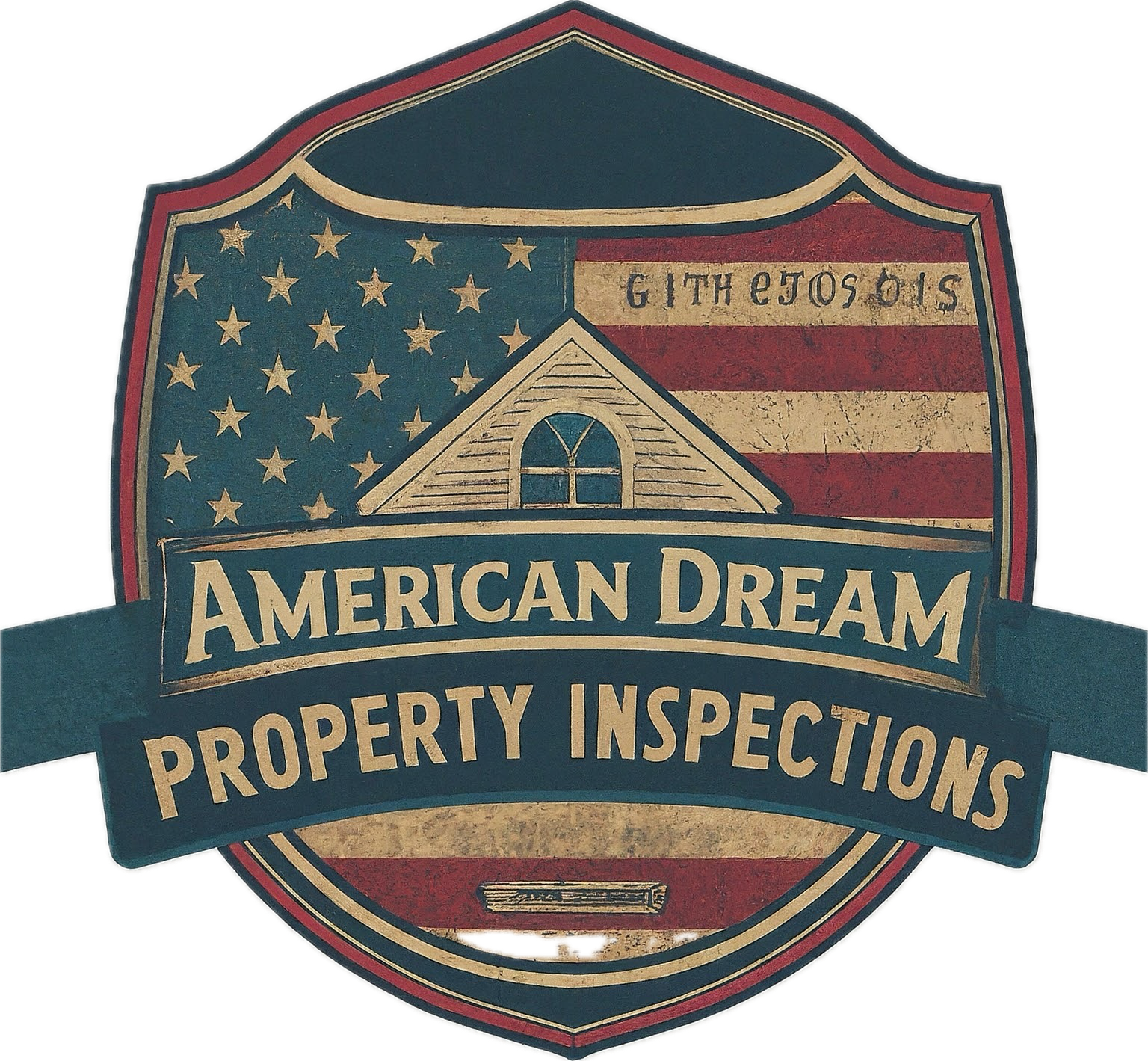Home and property inspections are a critical component of the real estate transaction process, offering insights into a property’s condition. Inspectors use a variety of tools to diagnose the health of different home systems and structures. Understanding these tools can provide you as a homeowner or a buyer with a clearer view of what inspectors look for and how they find potential issues. Here’s a rundown of the most common tools used in home inspections.
1. Moisture Meter
A moisture meter is crucial for detecting unseen water damage or moisture within walls, ceilings, and floors. This tool can help identify potential mold growth areas or structural damage caused by water.
2. Infrared (Thermal) Imaging Camera
Infrared cameras are used to detect temperature variations in different parts of the home, revealing potential issues with insulation, electrical systems, and plumbing. These cameras can visualize areas of heat loss, overheating electrical components, and hidden water leaks.
3. Electrical Tester
Electrical testers, including voltage testers, circuit testers, and ground fault circuit interrupter (GFCI) testers, are essential for ensuring that electrical outlets and circuits are working correctly and safely.
4. Gas Detector
A gas detector is used to identify leaks in gas lines or appliances, a critical safety check to prevent gas poisoning or explosions.
5. Flashlight
A seemingly simple but indispensable tool, a high-quality flashlight helps inspectors navigate dark attics, basements, and crawl spaces, illuminating areas that need close examination.
6. Ladder
A sturdy ladder is necessary for inspecting high places, such as roofs, gutters, and high windows. Inspectors often use telescoping ladders for their portability and versatility.
7. Screwdriver
A basic screwdriver is useful for removing electrical plates, opening access panels, and generally poking around where permitted without causing damage.
8. Digital Camera
High-resolution digital cameras (or smartphones with good cameras) are essential for documenting the condition of the home and specific issues that need attention.
9. Tape Measure
A tape measure is used to verify room sizes, ceiling heights, and the dimensions of windows and doors, ensuring they meet building codes and standards.
10. Binoculars
For inspecting roof elements that are difficult or unsafe to access directly, binoculars can provide a close-up view from a safe distance.
11. Drone Camera
Same as with binoculars, a drone camera safely enables even closer inspection of roof elements that are difficult or unsafe to access directly.
12. Level
A level can check whether floors, walls, and other surfaces are plumb and level, indicating potential foundation or structural issues.
These tools are some of the mainstay of my arsenal to provide a detailed and accurate report of the property’s condition. While homeowners might not need every tool for routine maintenance, understanding their use can help in identifying potential issues early and discussing inspection findings more knowledgeably. Whether you’re buying, selling, or maintaining a home, knowing about these tools and their purposes can demystify the inspection process and empower you to take better care of your property.
